|
The fear of snakes is one of the most common phobias people have. It is
quite understandable – some snakes are venomous, capable of killing us,
so fearing them is actually just a matter of instinct. However, it would
be unfair to think of snakes as slimy killers only. Snakes can be also
viewed as amazing animals with incredible abilities. Did you know, for
example, that some snakes can fly? Or how about the snake that scares
away predators by farting? To learn more about snakes, check out today’s
post with some Shocking Facts about Snakes That You Probably Didn’t
Know.
|
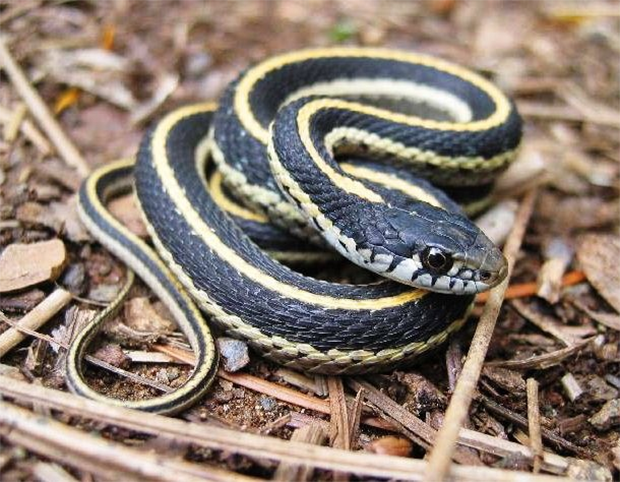 |
Snakes live on every continent except Antarctica and on most land
masses. Exceptions include some large islands, such as Ireland, Iceland,
Greenland, Hawaii, and New Zealand, as well as some small islands of the
Atlantic and central Pacific Oceans.
|
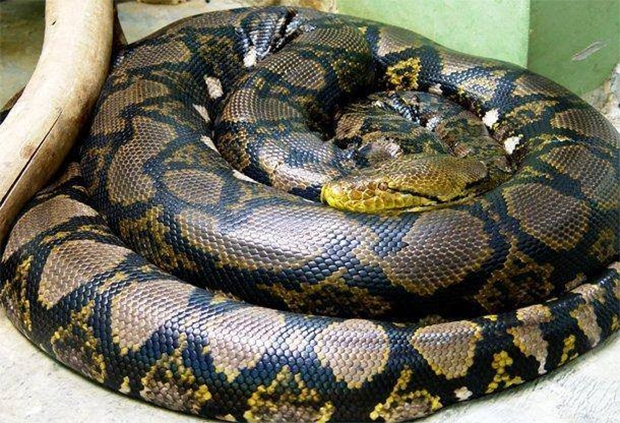 |
|
Snakes range in size greatly - from the
tiny, 10 cm (4 in) long thread snake to the giant reticulated python
that can reach up to 7 m (23 ft) in length.
|
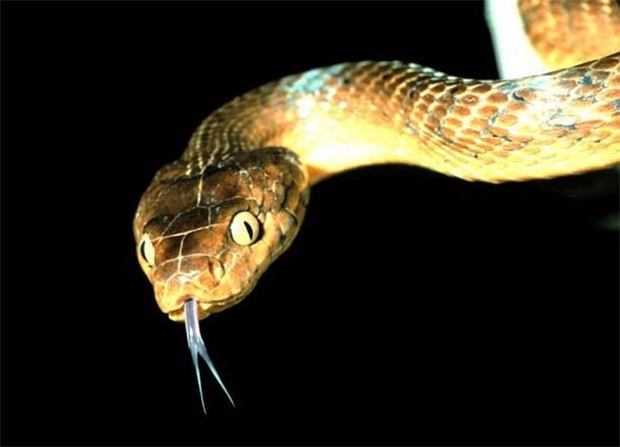 |
There are approximately 3,400 snake species in the world, out of which
only about 600 are venomous. Out of those 600 venomous snakes, only 200
pose a serious threat to humans.
|
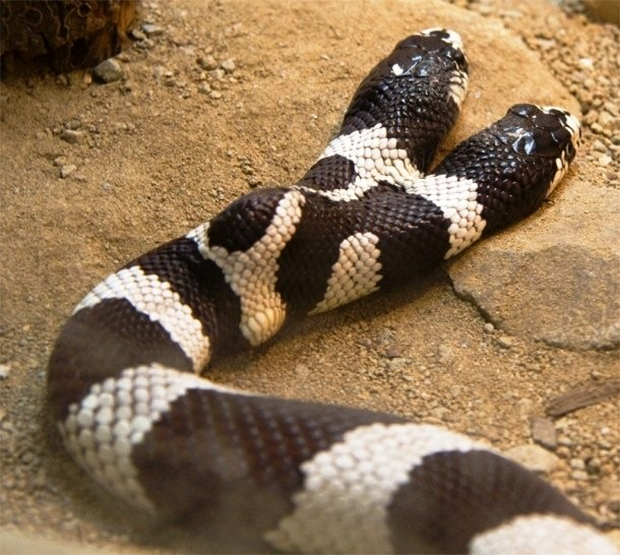 |
Snakes have one of the highest occurrences of polycephaly – a rare
condition of having more than one head. There have been many cases of
two-headed snakes. The heads might fight each other for food.
|
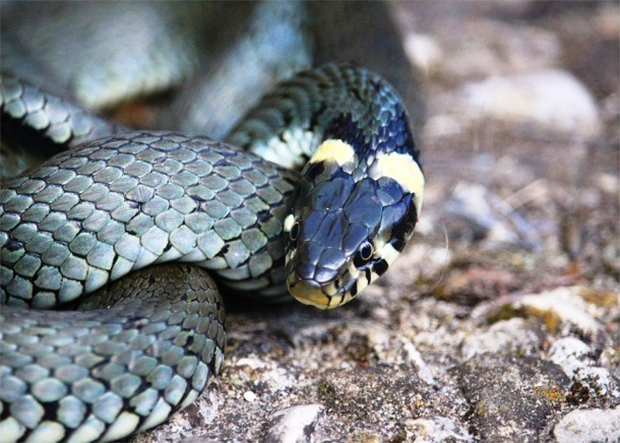 |
Snakes can live in almost any environment, ranging from jungles and
deserts to lakes and mountains. Snakes have been actually found as high
as 4,900 m (16,000 ft) in the Himalayas.
|
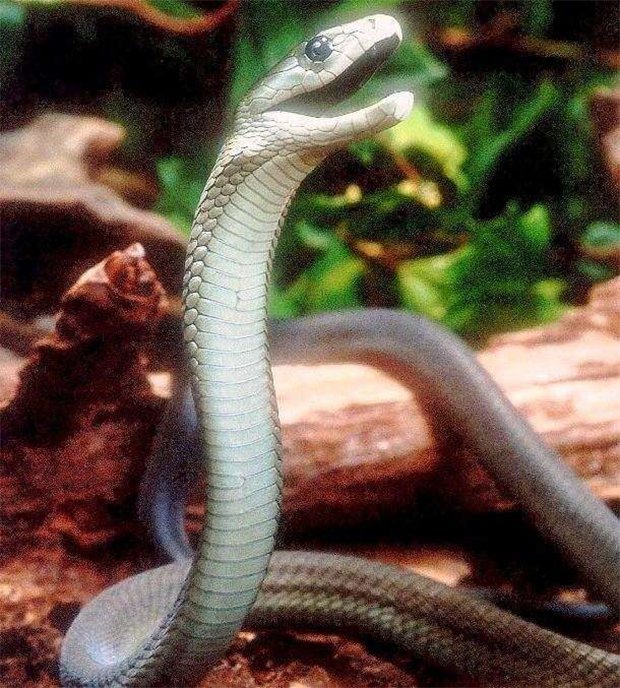 |
The bite of the black mamba, one of the world´s most venomous snakes,
can cause collapse in humans within just 45 minutes. Before antivenom
was widely available, the mortality rate from this snake´s bite was
nearly 100%.
|
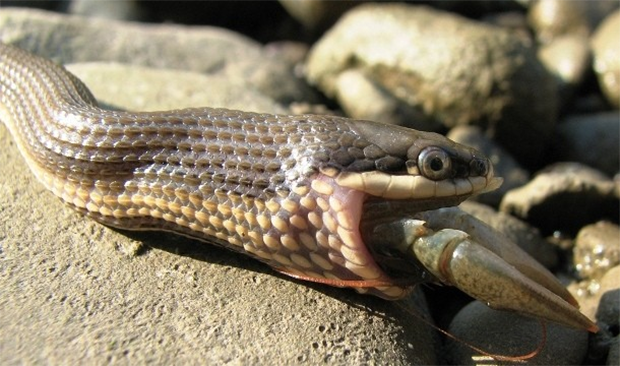 |
Many snakes have highly mobile jaws that enable them to swallow prey
much larger than their heads.
|
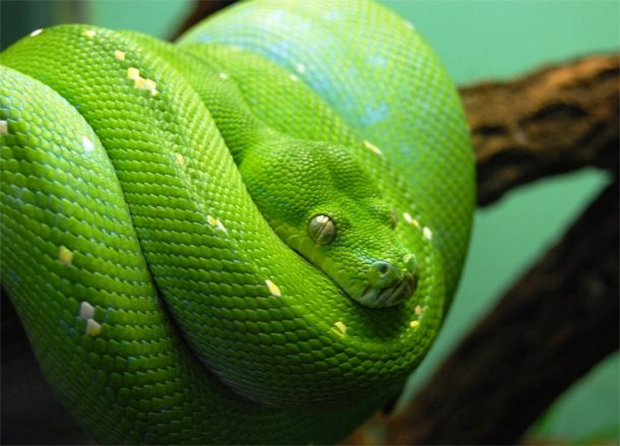 |
There is an island in Brazil, known as the Snake Island, that arguably
has the highest occurrence of snakes in the world. It is estimated that
there is one snake on every 1 sq m (11 sq ft).
|
|
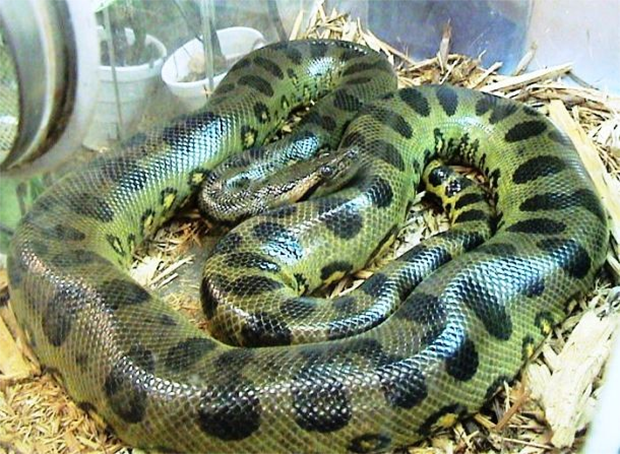 |
|
Native to
tropical rainforests of South America, the green anaconda is considered
the heaviest and largest snake in the world. It can reportedly exceed
227 kg (500 lb) in weight and reach almost 9 m (30 ft) in length.
|
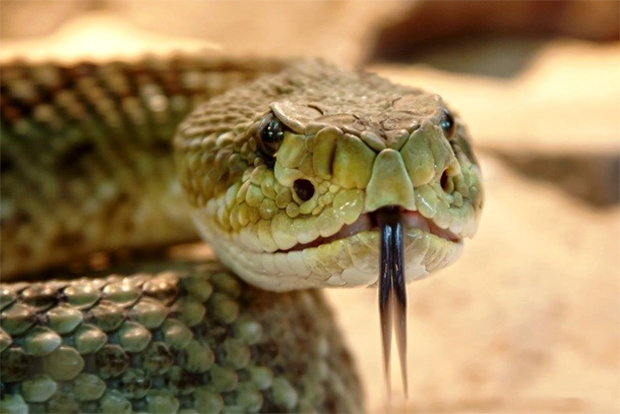 |
Venomous snakes kill about 90,000 people around the world each year.
Yet, they are far from being the deadliest animals – mosquitoes, for
example, cause over a million human deaths annually.
|
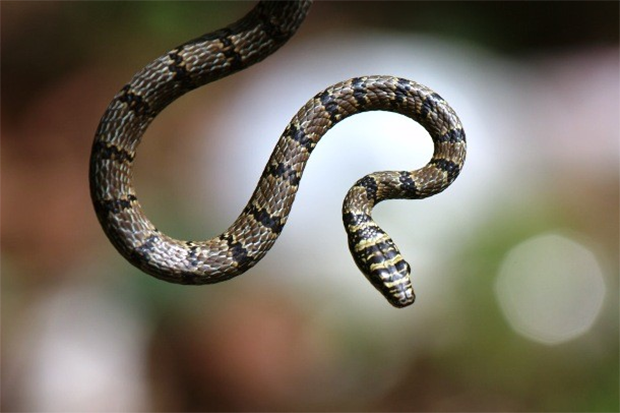 |
|
There is a genus commonly known as the flying (or gliding) snakes.
Native to Southeast Asia, these snakes are capable of gliding over
distances as great as 100 m (330 ft). |